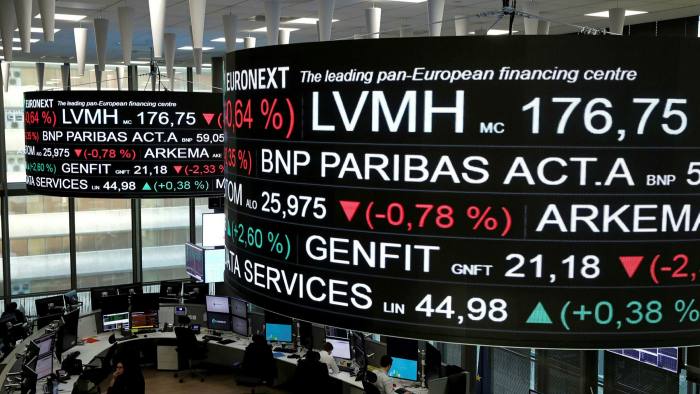Markets and key events
Global stocks steady before US jobs data.


Equity markets edged higher in what was a very data-heavy week. US and European stocks opened positively on Monday, following a key speech from the Federal Reserve (Fed) Chair Jay Powell after last Friday’s market close. Stocks reacted positively to a dovish policy speech, whereby Powell spoke of the dangers of reducing the Fed’s $120 billion monthly debt purchases too quickly. Markets overall managed to edge higher despite weaker Chinese economic data. Instead, investors are waiting in anticipation of US non-farm payroll data released today, which is expected to show 725,000 jobs being added in August. The unemployment rate is also predicted to fall from 5.4% in July to 5.2.
As of noon London time, the US market finished higher by 0.61%, whilst the European market increased by 0.32%. The UK market also finished in positive territory by 0.39%. In Asia, Japan had an extremely strong end to the week, up by 4.49%. Japanese stocks hit a 30 year high as investors bet the next Japanese prime minister will increase economic stimulus. Prime Minister Yoshihide Suga announced today he would not seek re-election in this month’s leadership race for the ruling Liberal Democratic Party after failing to control the Covid outbreak. Meanwhile, the Shanghai Composite and Hong Kong indices also had strong weeks, up 1.69% and 1.94%, respectively. The rise in both Chinese markets has been attributed to speculation that Beijing could increase stimulus in response to weaker economic data.
Chinese manufacturing and services data disappoint.


In China, the private Caixin manufacturing purchasing managers’ index (PMI) indicated that the sector contracted for the first time since April last year. This important gauge showed a reading of 49.2 in August, which drops just below the 50-mark that separates monthly expansion from contraction. The reading fell from 50.3 in July. The private Caixin survey, which focuses on smaller firms in coastal regions, also tracks official government data where the manufacturing PMI fell to 50.1 in August from 50.4 in the prior month. Coronavirus containment measures, supply bottlenecks and high raw material prices weighed on output.
Meanwhile, services activity also suffered. The Caixin services sector PMI slumped sharply, with the reading falling to 46.7 from 54.9 in July. Again, a recent coronavirus outbreak resulted in mass testing and travel restrictions hitting the catering, transportation, accommodation and entertainment sectors.
But European data points to a brighter outlook.
Elsewhere, data in the Eurozone painted a much more positive picture. Eurozone business activity remained strong last month, despite fears about the Delta variant. The IHS Markit composite PMI for manufacturing and services showed a reading of 59.0 compared to 60.2 last month. Although the gauge was slightly lower this month, the figure is well above the 50 mark indicating strong expansion inactivity. This week, data also saw consumer price inflation in the Eurozone hit a ten year high of 3% year on year in August. The price rises have been driven by the economic rebound from the impact of the pandemic, higher energy costs and bottlenecks in supply chains.
US Treasuries trade flat, whilst German Bond yields rise higher.
10-year US treasury yields, which move inversely to their price, hardly moved, dipping by just 1 basis point to 1.29% as of noon London time. However, equivalent 10-year German bund yields rose, as rising inflation and brighter economic prospects could prompt the European Central Bank to potentially scale back bond-buying measures. The 10-year German bund yield consequently rose by 4 basis points to trade at -0.38%.
OPEC+ increases oil supply.
As of noon London time, Brent crude oil traded at $73.52 per barrel. The price rose by $1 on Wednesday, supported by a sharp decline in oil supply, after the Energy Information Administration revealed that crude inventories in the US dropped by 7.2 million barrels. At the same time, Hurricane Ida has affected about 80% of the Gulf of Mexico’s oil and gas output this week. Meanwhile, OPEC (Organization of the Petroleum Exporting Countries) and its allies agreed to pump an extra 400,000 barrels a day every month until late 2022, on the back of optimistic future demand.





